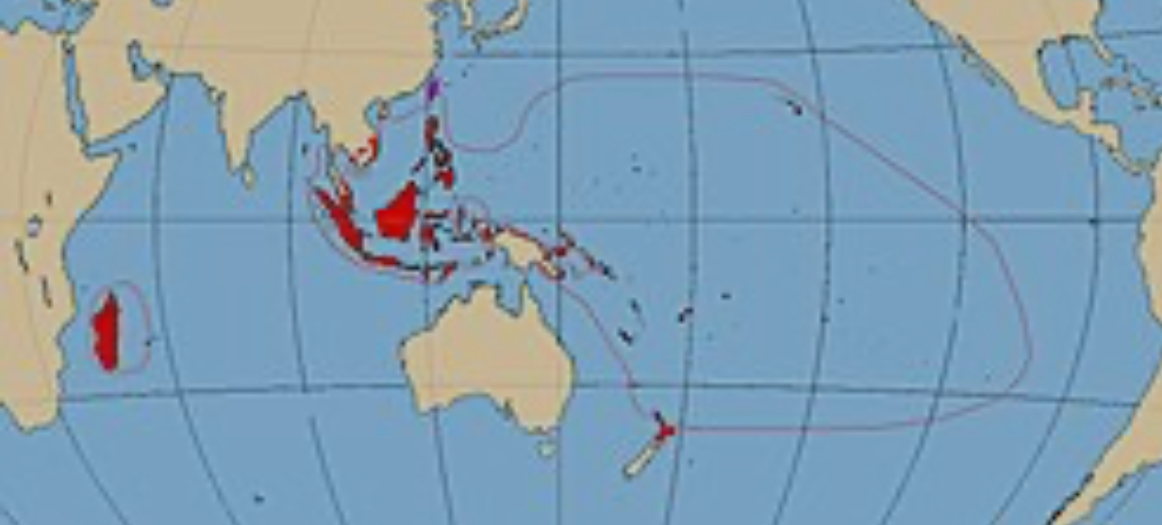Malagasy Language
The Malagasy language is the national language of Madagascar and belongs to the Austronesian language family.

It is the primary language spoken by the Malagasy people and has several dialects that vary by region. Here are some key aspects of the Malagasy language and its alphabet:
Language Overview
1. Dialects: Malagasy has multiple dialects, which can differ significantly in pronunciation and vocabulary. The most widely spoken dialects are:
- Merina: Spoken in the central highlands, particularly around Antananarivo (the capital).
- Betsimisaraka: Predominantly used along the eastern coast.
- Betsileo: Found in the southern highlands.
2. Influences: The language has been influenced by various languages, including French (due to Madagascar's colonial history), English, Arabic, and other local languages and dialects.
Alphabet
The Malagasy alphabet is based on the Latin script and consists of 21 letters:
- Vowels: a, e, i, o, u
- Consonants: b, d, f, g, h, j, k, l, m, n, p, r, s, t, v, z
Characteristics of Malagasy Language
1. Phonetics:
- The language has a relatively simple vowel system but features a variety of consonant sounds. Stress generally falls on the penultimate syllable of words.
- Some letter combinations represent specific sounds, such as "ts" (as in "tsara," meaning good) and "tr" (as in "trondro," meaning fish).
2. Grammar:
- Malagasy follows a Subject-Verb-Object (SVO) word order, typical of many Austronesian languages.
- Nouns do not inflect for gender, and verbs are marked for tense and aspect, often through prefixes or particles.
3. Common Phrases:
- Salama: Hello
- Misaotra: Thank you
- Veloma: Goodbye
- Ahoana?: How are you?
Cultural Importance
Malagasy plays a crucial role in cultural identity and social cohesion among the Malagasy people. Despite dialectical variations, there is mutual intelligibility among speakers of different dialects.
In summary, the Malagasy language is a rich and diverse means of communication that reflects the country's unique culture and heritage, supported by a straightforward Latin-based alphabet.


Comments
Post a Comment